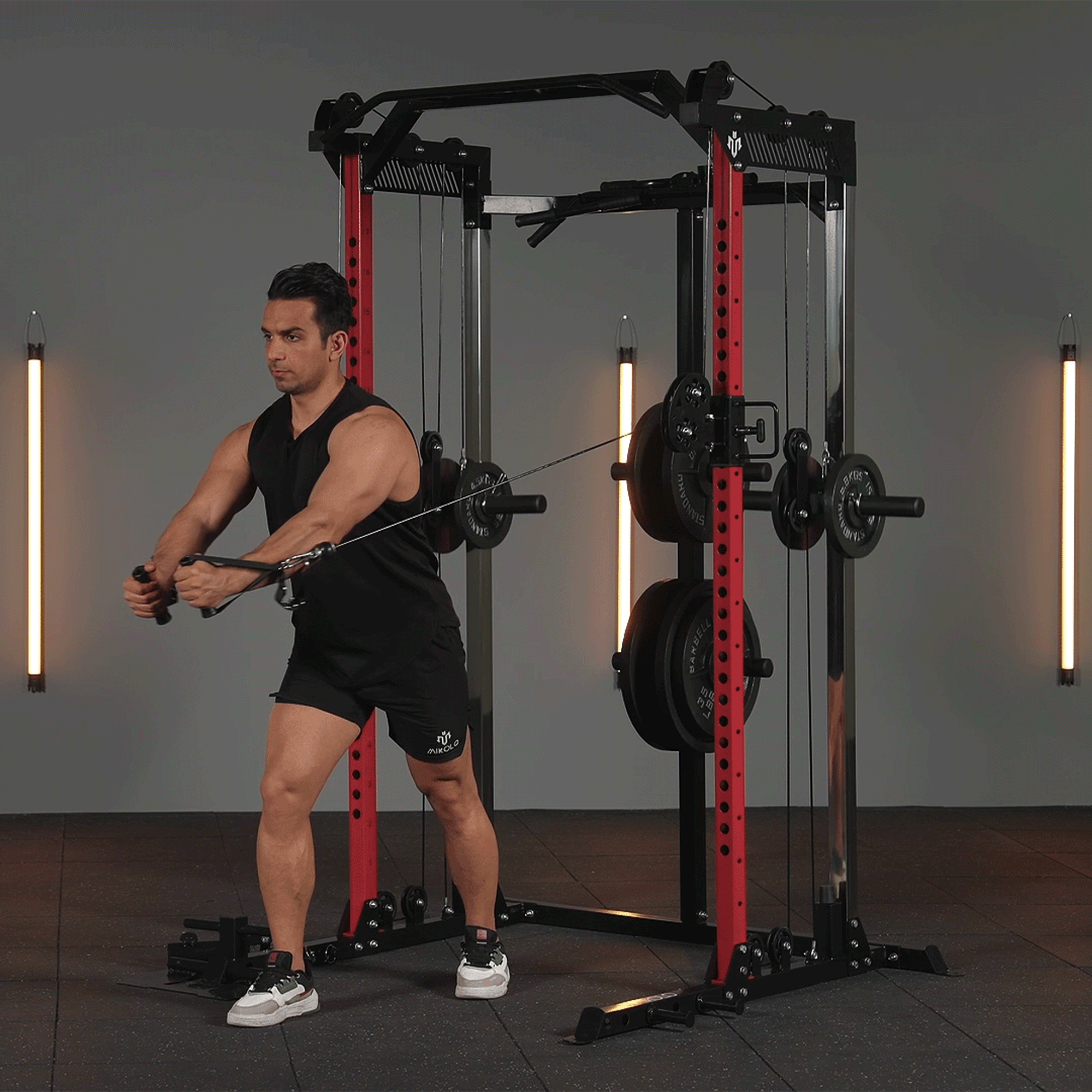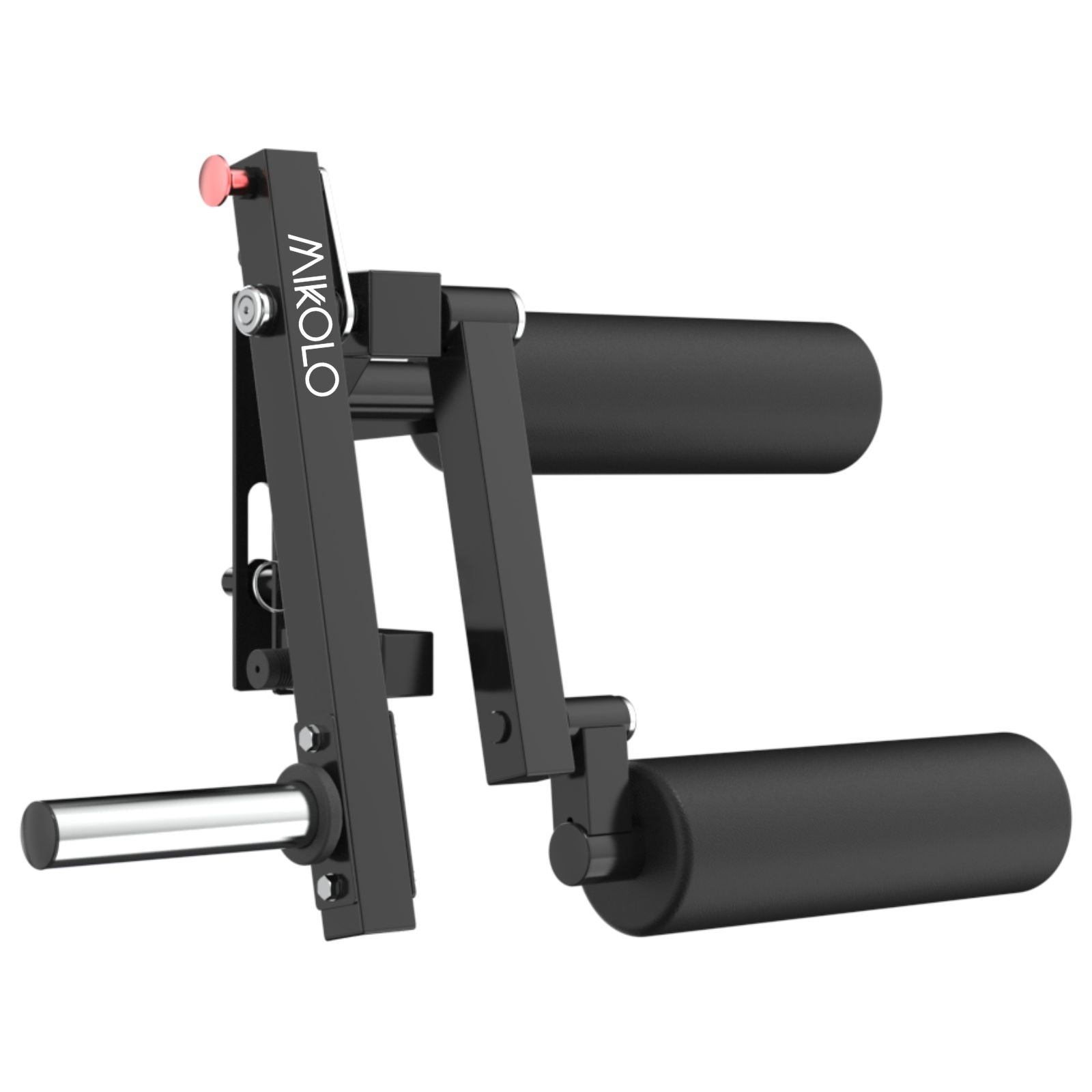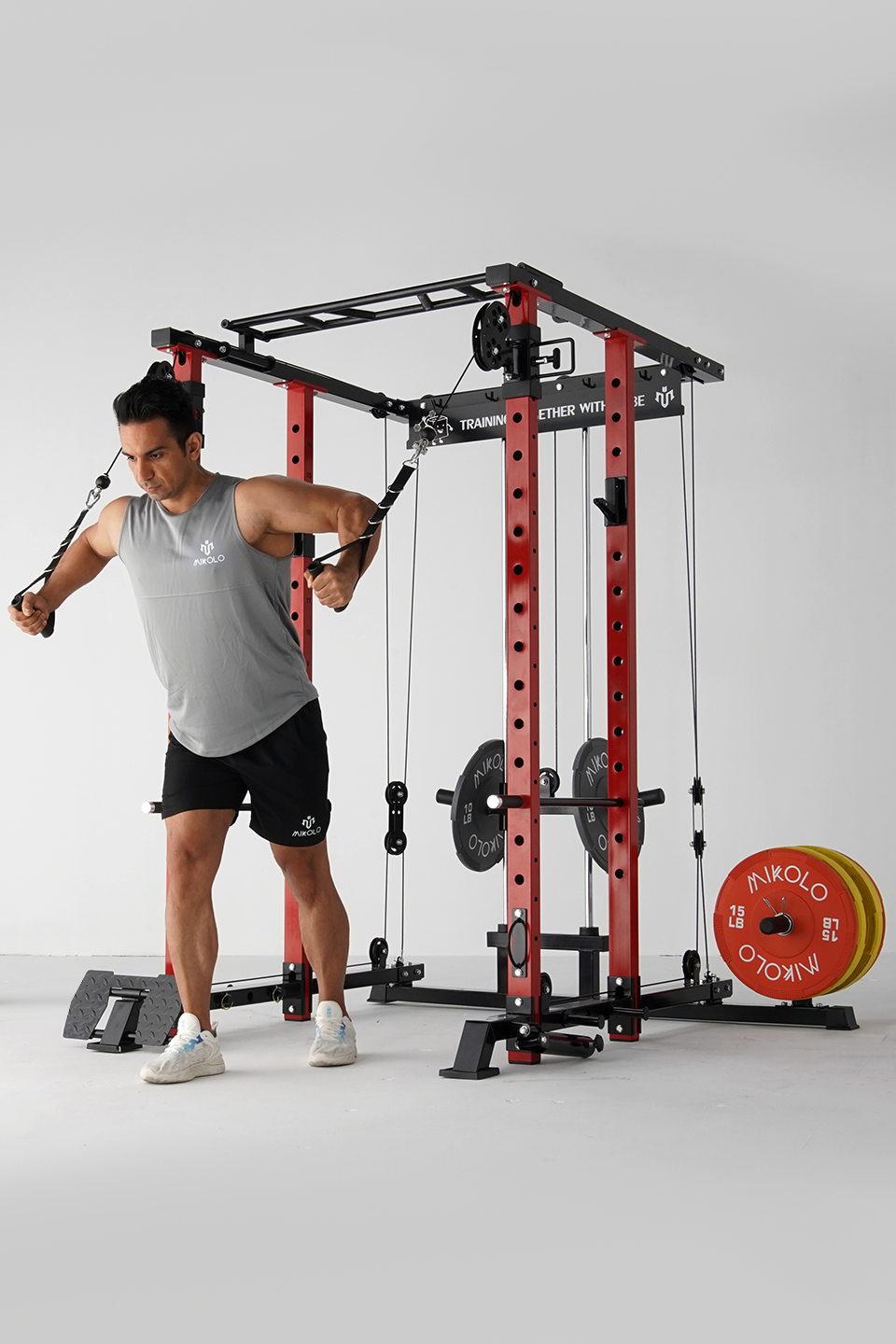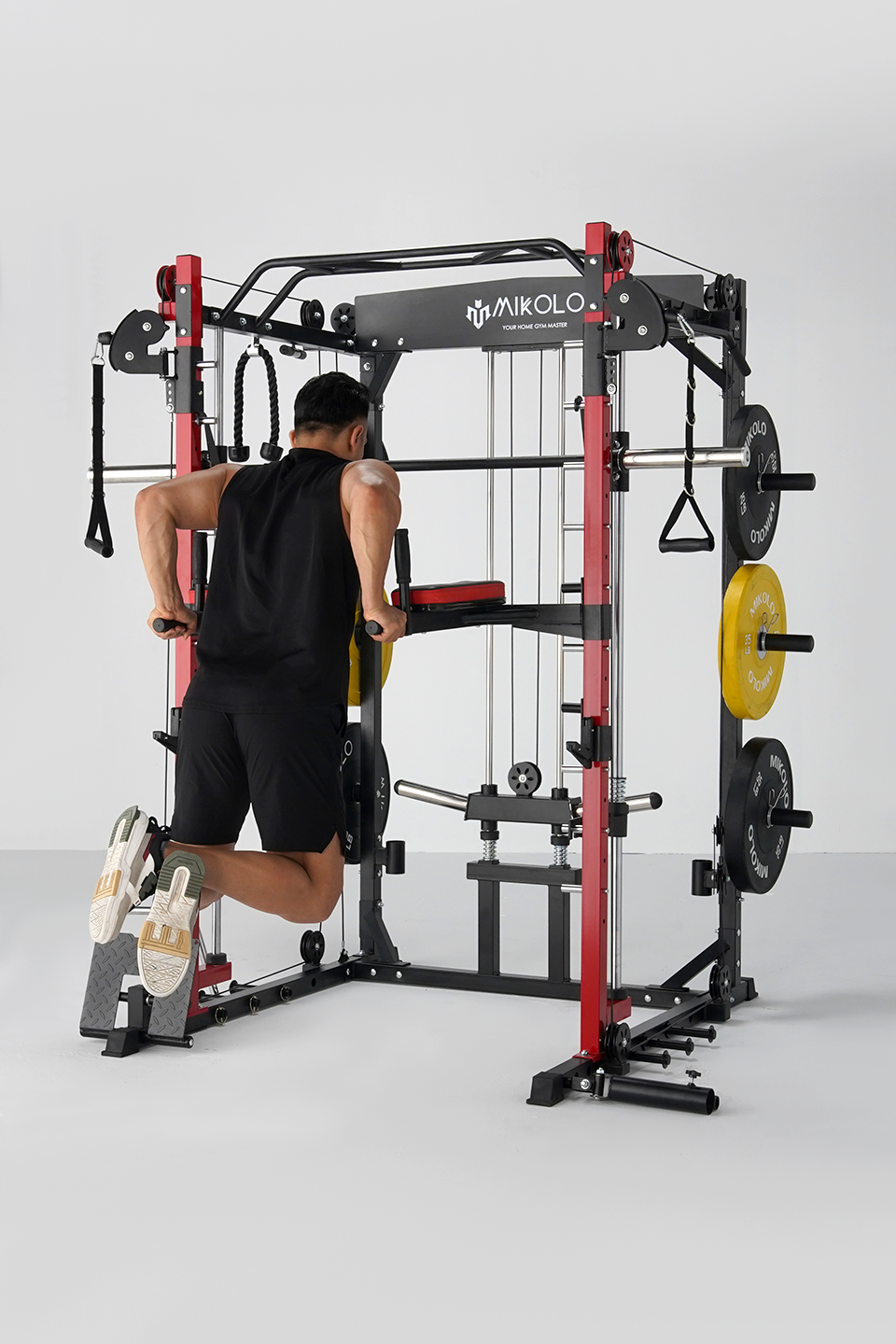Lateral raises are an excellent exercise for developing shoulder muscles. This simple movement, typically performed with weights, can add width and definition to your shoulders when done consistently and correctly. There are various adaptations of lateral raises that target the muscles from different angles using different equipment, making this exercise versatile and effective.
What Muscles Do Lateral Raises Work?
Lateral raises primarily target the lateral deltoid muscles. Due to the rotating movement, they also engage the front deltoids and upper trapezius muscles to a lesser extent. Additionally, the posterior deltoids, supraspinatus (a rotator cuff muscle), and serratus anterior (located above the ribs and under the armpit) are minimally involved.
Directions for Doing Lateral Raises
Here's a step-by-step guide to performing standard lateral raises with dumbbells:
-
Starting Position: Stand with your feet hip-width apart or in a split stance, holding dumbbells in each hand with your thumbs around the handles and palms facing your body. Position the dumbbells alongside your thighs, with your elbows slightly bent.
-
Brace Yourself: Tighten your core, pull your shoulders down and back, and maintain this posture throughout the exercise. Keep your head in line with your spine.
-
Raise the Weights: Exhale as you slowly lift the dumbbells up and out to your sides. Your elbows and upper arms should move together, slightly leading your lower arms and the dumbbells. When your arms reach shoulder level, rotate them slightly so the front edge of the dumbbells points slightly upward. Continue lifting until your shoulders and arms are parallel to the ground, maintaining a braced core to avoid arching your lower back.
-
Lower the Weights: Inhale as you slowly bring the dumbbells back to the starting position. Keep your elbows slightly bent and maintain the same foot, core, shoulder, and wrist positions as you return to the starting point.
Benefits of Lateral Raises
Lateral raises are highly effective for building the outer areas of your shoulders, giving them a rounded appearance. They improve shoulder mobility, range of motion, and stability, benefiting activities like lifts and presses. Additionally, lateral raises allow you to work each side of your shoulders independently, helping to identify and correct muscle imbalances.
Lateral Raise Mistakes to Avoid
To prevent injury and ensure progress, avoid these common mistakes:
- Avoid Swinging Your Arms: Use controlled motions rather than momentum to lift the weights, keeping your core engaged.
- Lead with Your Elbows: If your hands are higher than your elbows, you’re doing the exercise incorrectly. This reduces tension on your deltoids and limits your range of motion.
- Thumb Position: Letting your thumbs point down can be harmful to your rotator cuff. Instead, allow your thumbs to turn up slightly at the top of the movement to promote external shoulder rotation and prevent injury.
- Don’t Lift Too High: Lifting your arms above shoulder level shifts the tension from your deltoids to your traps, which is not the goal of this exercise.
Bottom Line
Incorporate lateral raises into your fitness routine consistently. Lateral Raise Rack Attachment is a better choice. Use weights that challenge you but are manageable enough to complete your sets and reps. Consult with a healthcare provider or fitness professional if you need guidance or suspect an injury.









































Leave a comment
This site is protected by hCaptcha and the hCaptcha Privacy Policy and Terms of Service apply.